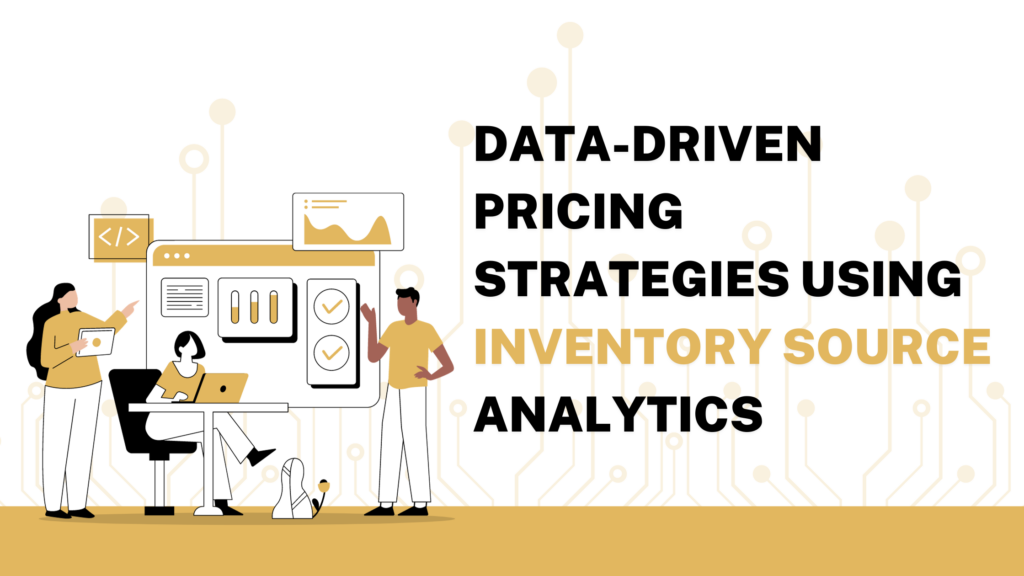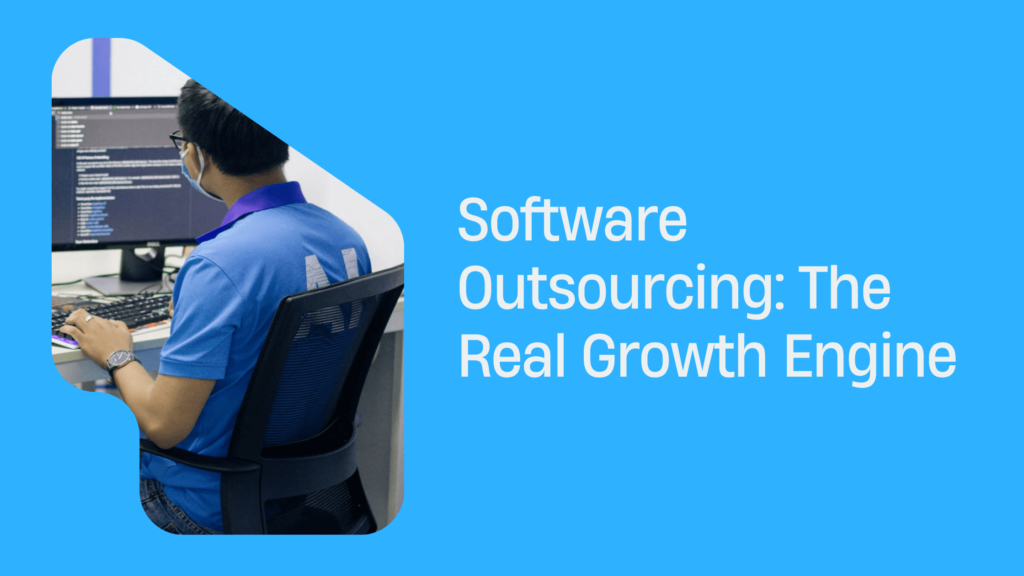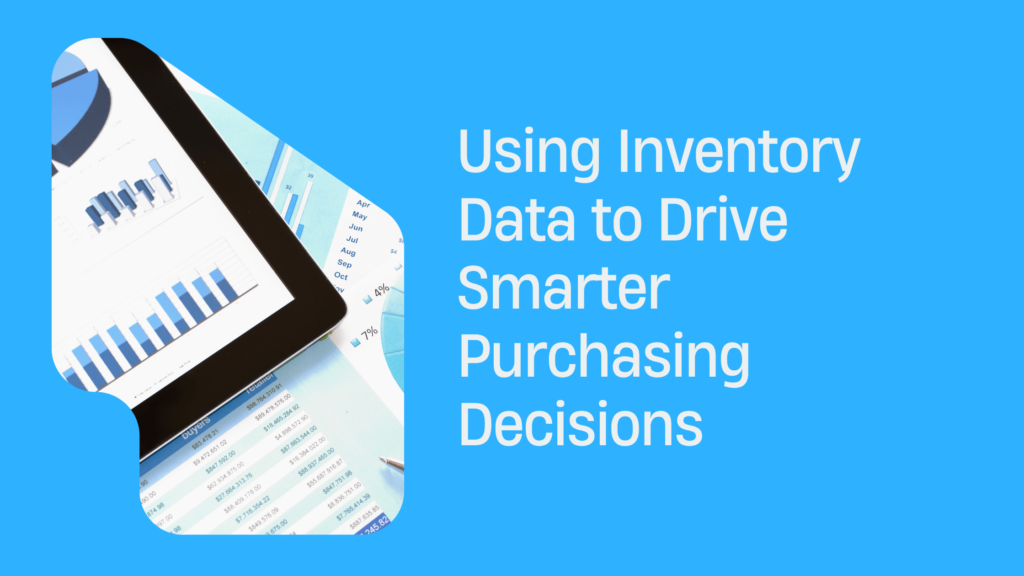Data-Driven Pricing Strategies Using Inventory Source Analytics
Nowadays, businesses are faced with the challenge of making data-driven decisions to stay competitive. Pricing, in particular, plays a crucial role in influencing consumer behavior and maximizing profitability. As a result, companies are turning to pricing analytics to gain insights into market dynamics, competitor strategies, and customer preferences. In this blog, we will explore how Inventory Source’s advanced analytics can empower businesses to implement effective data-driven pricing strategies.
The Importance of Data-Driven Pricing
The Shift to Data-Driven Decision Making
In the past, physical businesses had the advantage of limited consumer knowledge and mobility, allowing for price discrimination and higher profit margins. However, the digital age has leveled the playing field, with online prices becoming transparent and easily comparable. This shift has necessitated a data-driven approach to pricing, enabling businesses to gain a competitive advantage, control price positioning, enhance profitability, and align pricing with business objectives.
Leveraging Competitor Insights
By identifying and monitoring competitors, businesses can gather valuable insights into their pricing strategies, strengths, weaknesses, and market positioning. Competitor analysis tools like SEMrush, MOZ, and SpyFu can provide real-time data on competitor pricing, allowing businesses to stay ahead of the competition. Additionally, manual research through search engines, social media, and marketplaces can help businesses identify new players and track market trends.
The Power of Market Prices
Modern consumers are price-sensitive, making it crucial for businesses to set fair prices. Research indicates that discretionary income has not significantly increased in recent years, highlighting the need for competitive pricing. However, in the markets, manually tracking price changes becomes impractical due to the frequent fluctuations. To overcome this challenge, businesses can utilize automation tools like Inventory Source to collect and analyze pricing data from competitors, ensuring they are always up-to-date with market prices.
Using Competitor Price Monitoring
Uncovering Competitor Pricing Strategies
Competitor price monitoring is a vital component of data-driven pricing decisions. By tracking the prices of competitors, businesses can identify pricing gaps, understand market trends, and adjust their pricing strategies accordingly. Inventory Source’s analytics platform offers a comprehensive solution for competitor price monitoring, allowing businesses to capture real-time data and gain a competitive edge.
The Benefits of Real-Time Competitor Data
Real-time competitor data provides businesses with valuable insights and actionable intelligence. By continuously monitoring competitor prices, businesses can identify opportunities to differentiate themselves, adjust their pricing strategies, and maintain a competitive position in the market. Moreover, real-time competitor data empowers businesses to respond swiftly to market changes, ensuring that they are always aligned with customer expectations and market dynamics.
Implementing Demand-Based Pricing
Understanding Buyer Behavior
Buyer behavior plays a crucial role in pricing decisions. Factors such as income levels, economic conditions, product alternatives, perceived quality, brand image, emotional benefits, and reference prices influence a buyer’s willingness to pay. While businesses may not have control over some of these factors, they can work on building a strong brand, engaging customers, and improving the perceived quality of their products. By considering these factors, businesses can increase a buyer’s willingness to pay and implement demand-based pricing strategies.
Leveraging Reference Prices
Reference prices are an essential consideration in demand-based pricing. Buyers often refer back to their previous experiences when assessing the fairness of a price. By monitoring market prices and understanding the reference prices customers have formed, businesses can position their prices to attract customers and maintain a competitive advantage. This is particularly important in crowded markets with numerous alternatives, where below-average prices can help businesses acquire and retain customers.
Developing Price Positioning Strategies
Price positioning is critical to influencing buyer behavior. Businesses must carefully consider how their prices are perceived by customers. By leveraging data-driven insights and understanding customer preferences, businesses can develop effective price positioning strategies. For example, consistently offering good deals on popular products can create the perception of being the cheapest, even if the actual prices are not the lowest. By aligning pricing with customer expectations, businesses can enhance their market position and attract price-sensitive customers.
The Power of Dynamic Pricing
The Concept of Dynamic Pricing
Dynamic pricing is a strategy that allows businesses to adjust prices in response to changing market conditions. By using repricing algorithms, businesses can set rules based on factors such as costs, target profit margins, and competitor prices. Dynamic pricing ensures that businesses remain competitive, avoid selling below cost, and seize opportunities for increased profitability. Inventory Source offers robust dynamic pricing solutions that enable businesses to automate price adjustments and stay agile in a dynamic market environment.
Matching and Beating Competitor Prices
One of the key benefits of dynamic pricing is the ability to match or beat competitor prices. By setting rules that automatically adjust prices in line with competitor changes, businesses can maintain a competitive edge without manual intervention. For example, a business can set a rule to always be 5% cheaper than the cheapest competitor. This ensures that the business remains attractive to price-sensitive customers while still maintaining profitability.
Flexibility in an Uncertain Environment
In uncertain market conditions, flexibility is crucial. Businesses must be able to respond swiftly to market fluctuations while avoiding any financial risks. Dynamic pricing provides the necessary flexibility to adapt to changing market dynamics. For example, if market prices are falling, businesses can lower their prices to stay competitive. Conversely, if market prices are increasing, businesses can raise their prices to avoid leaving money on the table. By setting repricing rules that consider market averages and costs, businesses can strike a balance between competitiveness and profitability.
Leveraging Historical Data Analysis
The Power of Historical Data
Analyzing historical data is a valuable practice for businesses looking to gain insights into competitor behavior and develop effective pricing strategies. By examining patterns in competitor pricing, businesses can identify trends, understand pricing cycles, and make informed decisions. Historical data analysis provides businesses with a comprehensive understanding of their competitive advantage, profitability, and opportunities for improvement.
Identifying Pricing Patterns and Trends
Historical data analysis enables businesses to identify patterns and trends in competitor behavior. By examining when competitors implement price increases, the duration between discount campaigns, and the focus of their promotions, businesses can develop counter-strategies. For example, if a product is not selling well due to price competition, businesses can negotiate with suppliers or discontinue the product. Analyzing historical data empowers businesses to optimize their pricing strategies and improve profitability.
Uncovering Profitable Categories and Products
Another advantage of historical data analysis is the ability to identify profitable categories and products. By analyzing sales data, businesses can determine which products generate the most revenue and have a competitive advantage. This insight allows businesses to optimize their pricing and assortment strategies, focusing on high-profit products and categories. By leveraging historical data, businesses can make data-driven decisions that maximize profitability and drive revenue growth.
Conclusion
In the digital era, data-driven pricing strategies are essential for businesses looking to stay competitive and maximize profitability. Inventory Source’s comprehensive analytics platform empowers businesses to make informed pricing decisions by providing real-time competitor data, enabling demand-based pricing, implementing dynamic pricing, and leveraging historical data analysis. Embrace the power of data-driven pricing and take your business to new heights of success.







